Keyi Tang
Leveraging Environment Interaction for Automated PDDL Generation and Planning with Large Language Models
Jul 17, 2024



Abstract:Large Language Models (LLMs) have shown remarkable performance in various natural language tasks, but they often struggle with planning problems that require structured reasoning. To address this limitation, the conversion of planning problems into the Planning Domain Definition Language (PDDL) has been proposed as a potential solution, enabling the use of automated planners. However, generating accurate PDDL files typically demands human inputs or correction, which can be time-consuming and costly. In this paper, we propose a novel approach that leverages LLMs and environment feedback to automatically generate PDDL domain and problem description files without the need for human intervention. Our method introduces an iterative refinement process that generates multiple problem PDDL candidates and progressively refines the domain PDDL based on feedback obtained from interacting with the environment. To guide the refinement process, we develop an Exploration Walk (EW) metric, which provides rich feedback signals for LLMs to update the PDDL file. We evaluate our approach on PDDL environments. We achieve an average task solve rate of 66% compared to a 29% solve rate by GPT-4's intrinsic planning with chain-of-thought prompting. Our work enables the automated modeling of planning environments using LLMs and environment feedback, eliminating the need for human intervention in the PDDL generation process and paving the way for more reliable LLM agents in challenging problems.
Turing: an Accurate and Interpretable Multi-Hypothesis Cross-Domain Natural Language Database Interface
Jun 08, 2021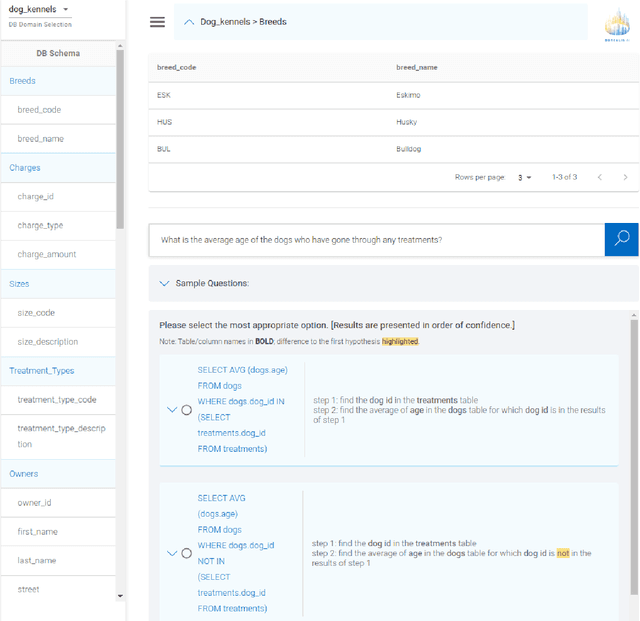


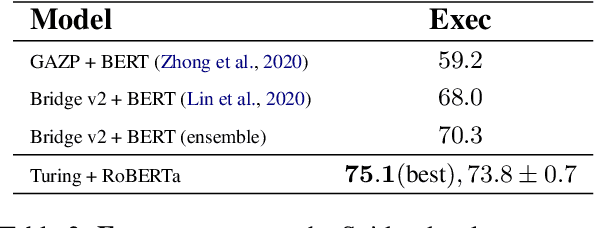
Abstract:A natural language database interface (NLDB) can democratize data-driven insights for non-technical users. However, existing Text-to-SQL semantic parsers cannot achieve high enough accuracy in the cross-database setting to allow good usability in practice. This work presents Turing, a NLDB system toward bridging this gap. The cross-domain semantic parser of Turing with our novel value prediction method achieves $75.1\%$ execution accuracy, and $78.3\%$ top-5 beam execution accuracy on the Spider validation set. To benefit from the higher beam accuracy, we design an interactive system where the SQL hypotheses in the beam are explained step-by-step in natural language, with their differences highlighted. The user can then compare and judge the hypotheses to select which one reflects their intention if any. The English explanations of SQL queries in Turing are produced by our high-precision natural language generation system based on synchronous grammars.
Optimizing Deeper Transformers on Small Datasets: An Application on Text-to-SQL Semantic Parsing
Dec 30, 2020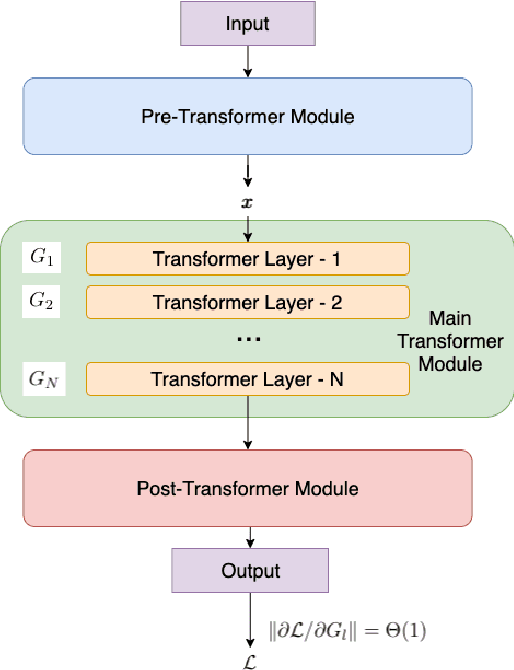
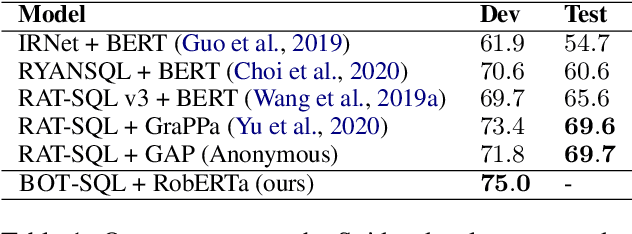

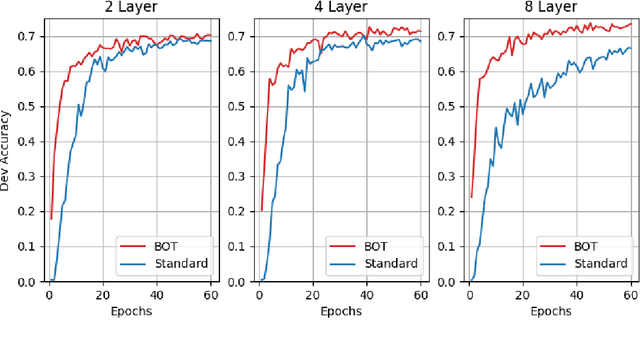
Abstract:Due to the common belief that training deep transformers from scratch requires large datasets, people usually only use shallow and simple additional layers on top of pre-trained models during fine-tuning on small datasets. We provide evidence that this does not always need to be the case: with proper initialization and training techniques, the benefits of very deep transformers are shown to carry over to hard structural prediction tasks, even using small datasets. In particular, we successfully train 48 layers of transformers for a semantic parsing task. These comprise 24 fine-tuned transformer layers from pre-trained RoBERTa and 24 relation-aware transformer layers trained from scratch. With fewer training steps and no task-specific pre-training, we obtain the state of the art performance on the challenging cross-domain Text-to-SQL semantic parsing benchmark Spider. We achieve this by deriving a novel Data dependent Transformer Fixed-update initialization scheme (DT-Fixup), inspired by the prior T-Fixup work. Further error analysis demonstrates that increasing the depth of the transformer model can help improve generalization on the cases requiring reasoning and structural understanding.
 Add to Chrome
Add to Chrome Add to Firefox
Add to Firefox Add to Edge
Add to Edge